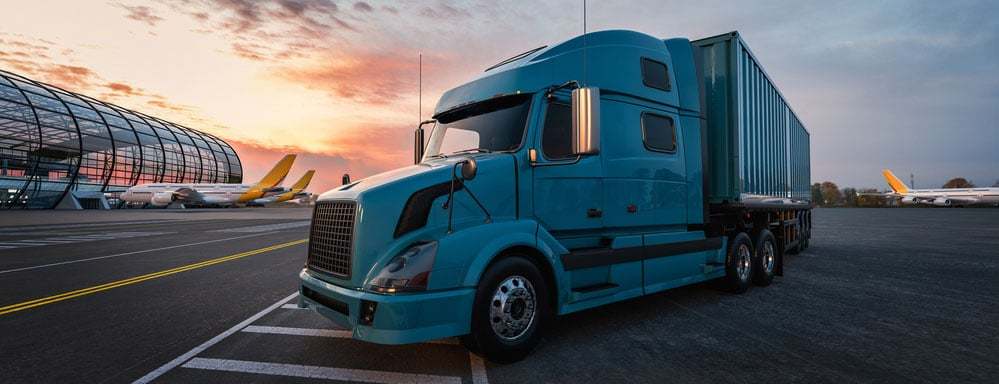Businesses depend on the trucks for the movement of their goods. America has more than 3.5 million trucks on the road. From medical supply, groceries, sanitizing supplies, and many others, they all need this automobile industry's services. The changing times have posed a significant challenge to fleet owners, managers, mechanics, and sector employees.
This sector recorded a great profit before the COVID-19 pandemic broke out this year.
However, government fleets were not massively affected compared to heavy-duty private trucks. The epidemic retarded the growth rate of the sector, and many jobs were lost.
Read on to find out current technological trends affecting the trucking industry.
Robotic Automation
The use of robots has ensured that the repetitive processes that were initially done manually are automated. Loading and offloading used to be done manually, and many people earn their daily earning through it. Automation increases the output, and business productivity is enhanced.
Recording clerks during the loading and offload process can be re-assigned to other duties. Conversely, many truck companies have not yet adopted the strategy. If it is utilized, it will boost the business. Regrettably, many will lose their jobs.
Use of Artificial Intelligence
The trucking sector is adopting A.I. There are essential data that will require detailed analysis that human is likely to err. This will ensure that most decisions are made faster, and employees can shift their focus on providing the process works.
Efficient and effective delivery is the core business of the trucking sector. The exact date and information should accompany the freight on transit. On the other hand, the truck managers should ensure this data is transmitted to the container destination via artificial intelligence.
Artificial intelligence will ensure that all the data on the trucks and loads are reliable. It will also replace the tedious paperwork. However, it will come with operating costs that will affect the net profit.
Autonomous trucks
Trucking companies have started adopting autonomous trucks technologies. It works by alerting the receiver of the departure and arrival times of his consignment.
It is trending news in the USA that driverless trucks are in the offing. However, electric trucks are already on the road. This has affected the price of diesel-powered engines. Companies are looking forward to adapting to new technology, which has caused severe industry challenges.
Autonomous trucks will affect both manual fleet owners and mechanics. Therefore, they will have to upgrade their skills.
Electronic Logging devices
The coming into effect of the Electronic Logging Devices (ELD) is slowing the movement of goods. All trucks are required by law to be equipped with ELD. The idea is to bring effectiveness in the management of the trucking industry. However, ensuring that all the trucks are equipped with this technological device is expensive and time-consuming.
In conclusion, the trucking sector continues to experience many trends and news that affect its profitability. With the emergence of automation trucks and electric fleets, the diesel engine trucks and manual operated will become obsolete with time. The introduction of robotics and intelligence renders truck workers jobless.




 The 2020 Top Industry Issues Survey Provides Data That Benefits The Trucking Industry
The 2020 Top Industry Issues Survey Provides Data That Benefits The Trucking Industry 




